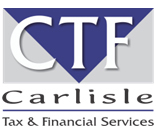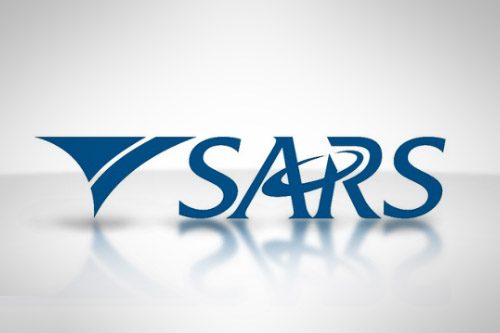South African savings and investment instruments – and the tax breaks offered as incentives to save – are considered adequate, and even generous, for the average man in the street, according to the experts.
However, in terms of high-net-worth individuals, the monetary tax-free thresholds are not that attractive as they are considered too low, the capital gains tax rate for individuals is relatively high and the impact of inflation on savings is seldom considered.
Although these thresholds for tax-free savings and investments may seem trivial to many, very few South Africans are able to make full use of all the tax-free saving incentives available.
In recent years there has been a change in saving behaviour, mainly driven by political uncertainty rather than tax issues.
Cheryl Howard, MD of the wealth advisory firm Talaria, says there has been an increase in people using their R10m investment allowance to move their wealth offshore.
“Sadly, from an investment perspective, it has not been the wisest decision because the local market has performed much better than the offshore market. Unfortunately, tax and investment decisions have lately been driven by politics.”
Why we don’t save
According to Trading Economics, an international provider of economic data, the Household Saving Rate to disposable income in South Africa decreased to -0.2% in the first quarter of 2018 from 0.2% in the fourth quarter of 2017.
Personal savings in South Africa averaged 4.8% from 1960 until 2018, with an all-time high of 23.8% in the second quarter of 1972 and a record low of -2.7% in the fourth quarter of 2013.
The level of tax or the “lack of sufficient tax incentives” are often used as excuses by South Africans who are not interested in saving, says Gerald Mwandiambira, acting CEO of the South African Savings Institute (Sasi).
But he is convinced that there are sufficient tax breaks and allowances to encourage people to save.
Rather, many South Africans lack the discipline to save. Or they start out saving, but stop after a while, mainly because their expectations were too high, or the goal was unrealistic.
“Until you have enjoyed the benefits of savings, it will always be a challenge. It is hard to commit to something that is intangible.”
If one adds up the annual interest exemption on savings, the tax-free savings amount and the available deductible contributions for retirement funds, South Africans can save at least R400 000 a year tax-free or with rebates.
Keith Engel, CEO of the South African Institute of Tax Professionals (SAIT), says there are ample studies which show that tax allowances do not generate more savings – it only shifts it to the most efficient savings or investment location.
“The SA incentive instruments for savings are not the problem, but the current capital gains tax rate is problematic in terms of fairness when considering the high rate of inflation in the country.”
The effective capital gains tax rate for individuals is currently 18% and the inflation rate hovers around 5%. A high capital gains tax rate effectively means that tax is falling on inflationary gains as opposed to real gains, which becomes tantamount to negative savings in real terms, says Engel.
“The most effective ways of getting savings is through forced savings such as pension fund contributions. If you want people to save, you need to get them not to spend their income.”
Engel says high personal income tax on salaries also prevents people from saving.
They first have to consider basic needs such as food, housing, transport, school fees, and medical aid contributions before they can call a broker to help them save efficiently.
“Good investors will tell you that you should make a pre-tax saving decision and view the tax breaks as the gravy. Tax should not swing your decisions.”
There is a range of options for middle-class savers, including comparable international savings vehicles. Engel says when considering a product, investors should first look at growth versus risk. Then they should consider flexibility and tax implications.
Pension, provident and retirement annuity funds
A significant misunderstanding relates to the tax treatment of withdrawal benefits and retirement and severance benefits, says Shohana Mohan, head of individual tax services at TaxAuditor Solutions.
Withdrawal is simply where you draw down on your pension or provident fund savings before you reach retirement age.
“You will be penalised with a higher tax rate burden for these pre-retirement withdrawals when compared with the tax you will pay upon retirement from the fund.”
Mohan says the two lump sum benefit tax tables deal with pre- and post-retirement lump sum benefits as well as severance lump sum benefits.
The first R25 000 of a withdrawal benefit is tax-free and every rand thereafter is taxed at a progressive rate from 18% to 36%.
The first R500 000 of a retirement lump sum benefit is still tax-free and every rand thereafter is taxed at progressive rates ranging from 18% to 36%.
“A further consideration is that all prior lump sums taken will be accumulated for the purpose of determining the applicable tax bracket the payout will be taxed at.”
She says if a lump sum of R500 000 has been withdrawn and the retirement lump sum benefit is R1m, these amounts must be combined. The R1.5m fall in the top marginal bracket of 36%.
Employee contributions to pension, provident and retirement annuity funds are deductible against monthly income up to an annual limit of R350 000 or 27.5% of taxable income.
Article: Fin24





